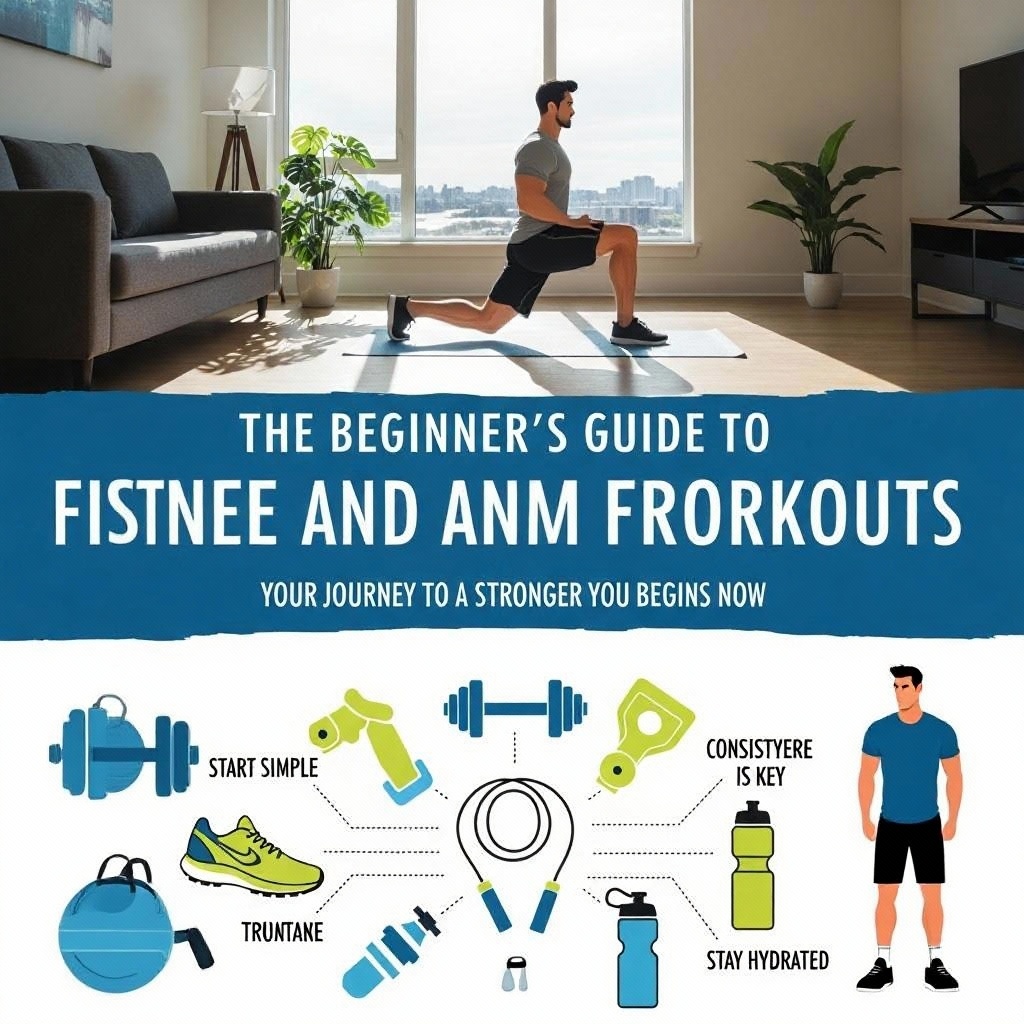The Beginner’s Guide to Fitness and Home Workouts
Starting a fitness journey can feel overwhelming, especially when you’re new to exercise or unsure of where to begin. The good news is that you don’t need a gym membership or expensive equipment to get fit. With the right mindset and a structured plan, home workouts can help you build strength, improve endurance, and boost overall wellness — all from the comfort of your own space.
Why Choose Home Workouts?
Home workouts offer flexibility, accessibility, and privacy. Whether you’re short on time, prefer to exercise alone, or want to save money, working out at home provides an effective solution. All you need is consistency and a few basic tools to see real results.
Setting Your Fitness Goals
Before you start, identify your personal fitness goals:
- Weight loss – Focus on cardio-based exercises and calorie control.
- Muscle building – Incorporate resistance training with weights or bodyweight.
- General health – Aim for a balance of strength, cardio, and flexibility.
Clear goals will guide your workout choices and keep you motivated.
Essential Home Workout Equipment
While you can work out with no equipment, a few affordable tools can enhance your routine:
- Yoga mat
- Resistance bands
- Dumbbells or adjustable weights
- Jump rope
- Stability ball
These items expand your exercise variety and make home training more effective.
Beginner-Friendly Home Exercises
Here’s a list of simple yet powerful moves to get started:
Strength Training
- Squats – Builds leg and core strength.
- Push-ups – Strengthens chest, arms, and shoulders.
- Planks – Improves core stability.
- Lunges – Tones legs and glutes.
Cardio at Home
- Jumping jacks
- High knees
- Mountain climbers
- Burpees (for advanced beginners)
Flexibility and Mobility
- Stretching after workouts
- Yoga or Pilates sessions for relaxation and flexibility
Structuring Your Workout Routine
For beginners, aim for 20–30 minutes a day, 3–4 times a week. Here’s an example schedule:
- Day 1: Full-body strength workout
- Day 2: Cardio session
- Day 3: Rest or light yoga
- Day 4: Lower-body strength workout
- Day 5: Cardio + core
- Day 6: Upper-body strength workout
- Day 7: Rest and recovery
Tips for Success
- Start small and progress gradually. Avoid overtraining in the beginning.
- Stay consistent. Consistency beats intensity when starting out.
- Track progress. Use a journal or app to note improvements.
- Listen to your body. Rest if you feel pain beyond normal muscle soreness.
- Stay hydrated and eat well. Nutrition and hydration play a huge role in results.
Conclusion
Home workouts are a beginner-friendly path to fitness, requiring little more than motivation and commitment. By setting clear goals, using simple equipment, and following a structured routine, you can steadily improve your strength, endurance, and overall well-being.
Remember: the hardest step is starting — once you do, every session builds momentum toward a healthier, more confident you.

